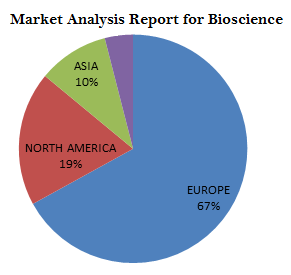
Mireille Claessnes
University of Twente, Netherlands
Title: The self-assembly of alpha-synuclein amyloid fibrils into higher order aggregates
Biography
Biography: Mireille Claessnes
Abstract
The formation of α-synuclein (aS) amyloid aggregates, called Lewy bodies (LBs), is a hallmark of Parkinson’s disease (PD). The role of LBs in PD is however still unclear; they have been associated with both neuroprotection and toxicity. In an attempt to resolve this contradiction, we studied the aggregation of aS in cell model systems and in the test tube.
We induced the formation of aS inclusions, using three different methods in SH-SY5Y cells and rat-derived primary neuronal cells. Using confocal and STED microscopy we observed method dependent differences in aS inclusion morphology, location and function. The aggregation of aS in functionally different compartments correlates with the toxicity of the induction method measured in viability assays. The most cytotoxic treatment largely correlates with the formation of proteasome associated juxta-nuclear inclusions. Cytosolic deposits formed by less toxic methods are not associated with the proteasome and are more prevalent.
The formation of inclusions is however not necessarily an active process governed by the cells biochemical machinery. In the test tube, we observed that, under physiological salt conditions aS spontaneously self-assembles into micrometer-sized suprafibrillar aggregates (SFAs) that are reminiscent of LBs. The assembly of these SFA is very sensitive to physicochemical conditions such as ionic strength. This sensitivity leads to the formation of anisotropic SFAs in vitro and may also be the cause of the anisotropy observed in their in vivo counterparts. The onset of disease may trigger changes in the physicochemical conditions within the cell which are reflected in the architecture of LBs.

